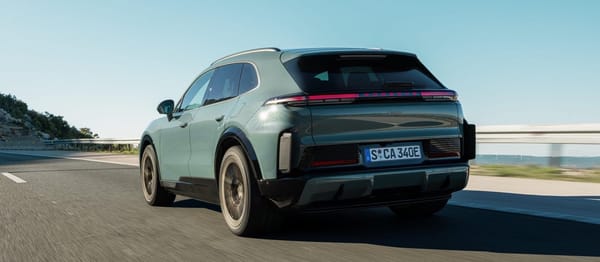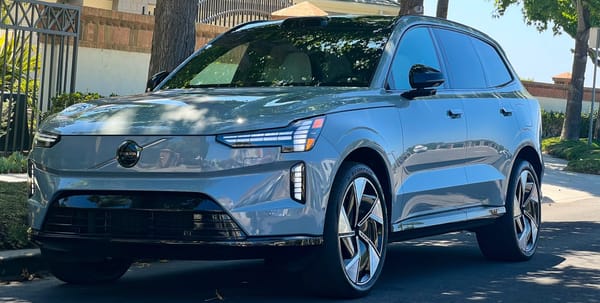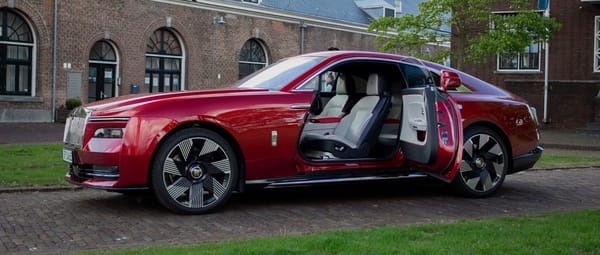It's safer to drive drunk than to drive a car with touchscreens
Turns out having physical buttons in a car is less deadly.
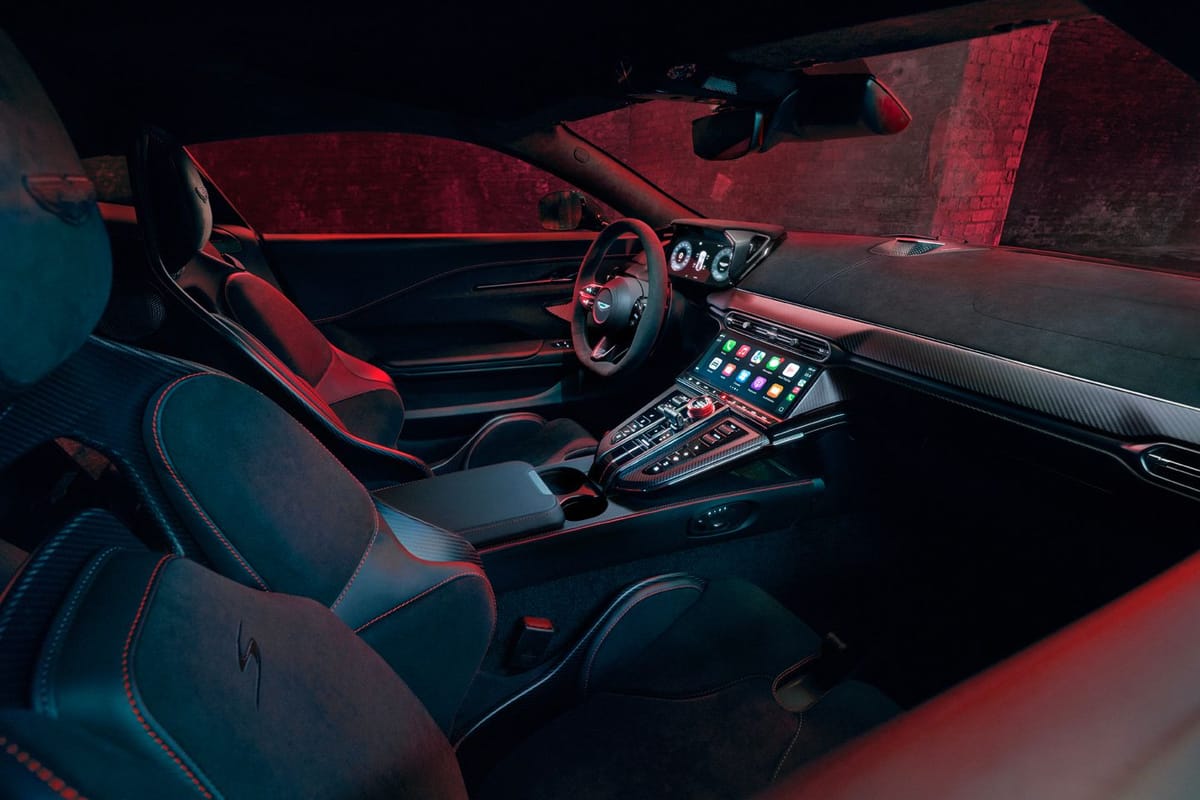
Today I learned something that I didn’t expect to learn but makes a lot of sense. According to a Swedish study it’s safer to drive while drunk than it is to drive while also trying to adjust the temperature on a touchscreen in a car.
To be completely honest here, the study didn’t explicitly say driving drunk is safer. I kind of read it that way. It said that driving while operation a touchscreen could reduce reaction times of the driver to such a degree that drunk drivers would react quicker.
Thanks for reading Nitch! Subscribe for free to receive new posts and support my work.
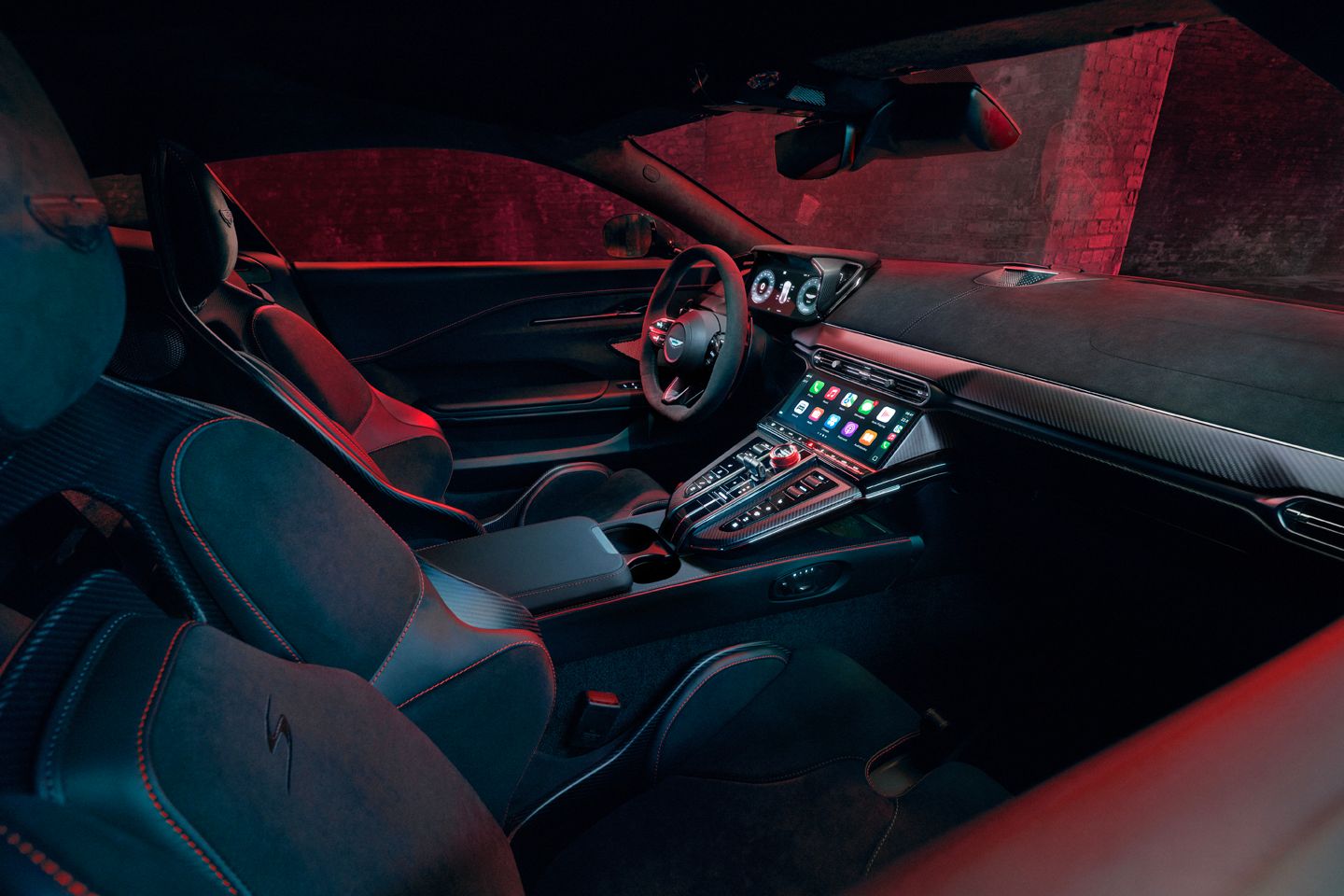
In some cases finding an option in a messy menu could take drivers up to almost 45 seconds. That means 45 seconds of not having eyes on the road. That means while driving at a pretty reasonable speed of 100 km/h, the tapping around on the screen would take around 1.25 km of not seeing anything that’s going on around the car (or about 1.37 km while traveling at a speed of 110 km/h according to the study).
I do think it is a little bit funny that the test was partly done in a Volvo. You know, the safest car brand in the world that has pretty much eliminated all physical buttons from car interiors.
Another study showed that even relatively simple touchscreen software like Apple’s Carplay can have a significant impact on reaction times of drivers.
You know what is particularly strange about these studies? They are quite old.
Car manufacturers have probably known about these findings for years. But they still went ahead and deleted physical buttons anyway. Why? Because it’s cheaper. Less buttons means less hardware that has to be manufactured and wired and less complexity in building a car. It also means the focus will be on screens and software, on which you can more easily sell added features like premium navigation or connected services for a monthly fee.
I’ve never really thought about the safety impact of screens in cars. I just found it very, very annoying to be tapping around trying to find stuff to the point I’d rather park the car so I could take my time. I did realize that I really missed good quality buttons in modern cars when I got to drive the Rolls-Royce Ghost, but that is a different point entirely.
I always figured the issue was not really the screen, but mostly the shitty software. I’ve driven cars with mostly screens that do make operating them quite easy. Not as easy as having physical buttons, but close.
Today it seems the car industry knows it over corrected. It’s going back to having at least a couple of buttons. You know, mostly for safety reasons.
But saying manufacturers are adding buttons back to interiors because they see the error in their ways, is giving too much credit. There is incentive here since Euro NCAP wont be giving the full 5 stars safety scores to cars that don’t have a minimum of buttons for safe operation of cars. Getting full marks on that safety test has some weight in selling cars or not.
Either way, I welcome this innovation with open arms and vingers ready to push some physical stuff. I’m just hoping that manufacturers make those modern buttons nice to touch. Driving the Ghost made me realize how important a nice, clicky button is to the whole feeling of the car. To put it another way: nobody likes touching cheap and bendy plastic.
In other news
Max Verstappen is still at Red Bull. His boss, however, is fired. Yes, Christian Horner has been thanked for his service to the team, and will no longer be welcome on Red Bull premises. We’ll probably hear what Verstappen has to with this decision. It is his team in the end.
One of the best things about driving an EV is that it can mostly be done with just one pedal. Slowing down and regenerating some energy when you lift your foot of the powerpedal (gaspedal?) is not only efficient, but also very intuitive once you get used to it. But China has found a really weird issue with it: cars cannot have the functionality automatically enable itself when it’s able to come to a complete stop while it’s activated. Apparently it’s to keep drivers on their toes and applying the brakes in times of urgent situations. Which is safer than a car stopping itself without intervention of said driver? I don’t get it.
Aston Martin has just launched the Vantage S, and I couldn’t care less about the specs (it has a V8, which is better than a V12). I just want to drive the damned thing. I mean, have you seen it? It has touchscreens and Apple Carplay, so I’ll probably die while driving it, but ‘worth it’!
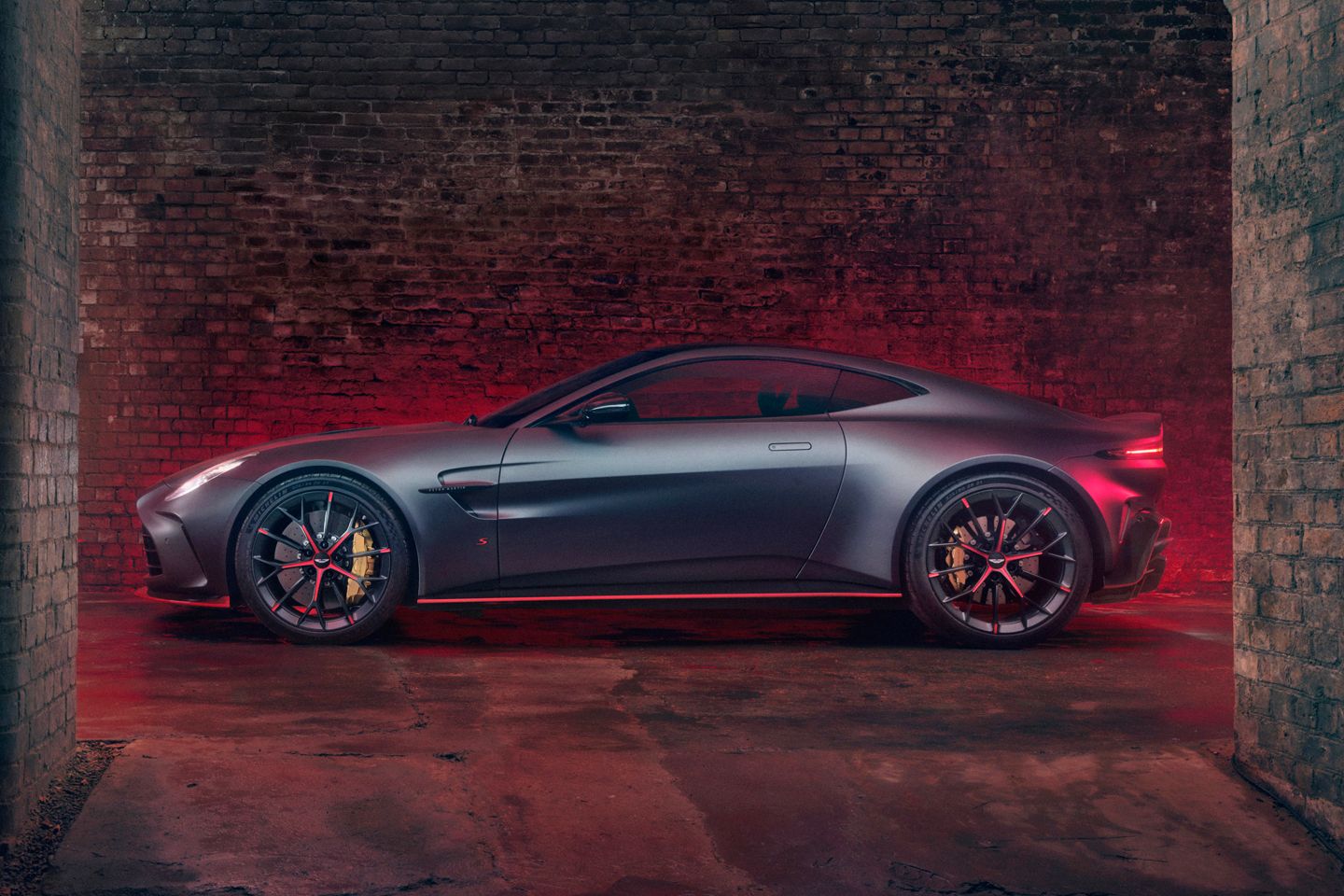
Thanks for reading Nitch! This post is public so feel free to share it. ❤️



